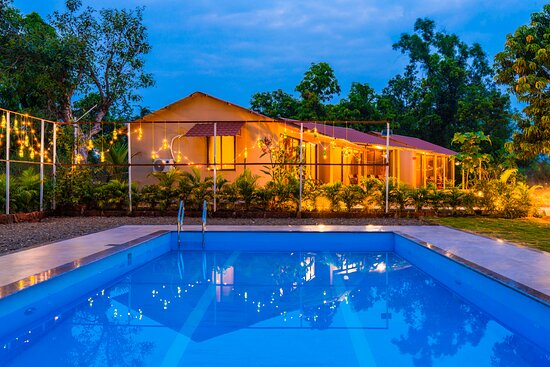BY: ELIJAH BASSETT
For many of us, the word “school” evokes thoughts of long, drawn-out hours spent hunched over desks while teachers talk at us, but more and more educators are realizing that it doesn’t have to be that way. Instead, a variety of new approaches are challenging the standards of the education system in order to bring the best out of students in new and interesting ways.

At the Mountain School, they do this with a semester-long program that has students help operate a farm that feeds the campus, showing them what it means to live off the land. The students also play a significant role in maintaining the school in other ways, such as chopping wood for heating or checking solar panels. These unconventional learning experiences augment a more traditional education (with a focus on environmental science) in order to create much more worldly students by the end of the program.

There’s also the Traveling School, which lets girls travel to either South America or Southern Africa and engage with a whole new culture for a semester. In that program, like with the Public Museum School, the community itself becomes a classroom, but in this case they also have to learn about a different country’s culture and ways of living

So all these people are making all these efforts to change education, but why bother? It turns out that not only common sense but scientific research bears out the potential of alternative classrooms to improve students’ educations. One study found that certain properties of the physical classroom can significantly improve students’ outcomes, which is especially important to know for schools that want to be more moderate in exploring different learning environments.
Although the findings don’t really apply to the methods of schools like the one mentioned above, they shed some light on what kind of physical environments are best for students to learn in. Those researchers aren’t the only ones exploring the issue, though. A design group called Rosan Bosch has also been experimenting in its own way, building spaces like Vittra Schools Södermalm, Brotorp, and Telefonplan. Interestingly, Telefonplan was actually designed with input from children, which speaks to the commitment to giving them what they need from a school.

All of this isn’t to say that these schools are the first ones to consider new models of education. Debates around how best to educate youth have been going on for decades in North America, but in the past they have often been focused on helping students who struggle with or exceed the expectations of traditional schools, while leaving the status quo in place for everyone else. But the people going to the Mountain School or Vittra Schools aren’t “problem children” or gifted youth, because the interest has now shifted to rethinking and improving education for everyone, including more average students.

In the meantime, it’s worth noting that standard public schools are still doing their job, so it’s not like these alternative methods are the only good ones. But there’s always room for improvement, and chances are integrating some of these ideas could be what the system needs to stay modern and prepare students as well as possible going forward.



